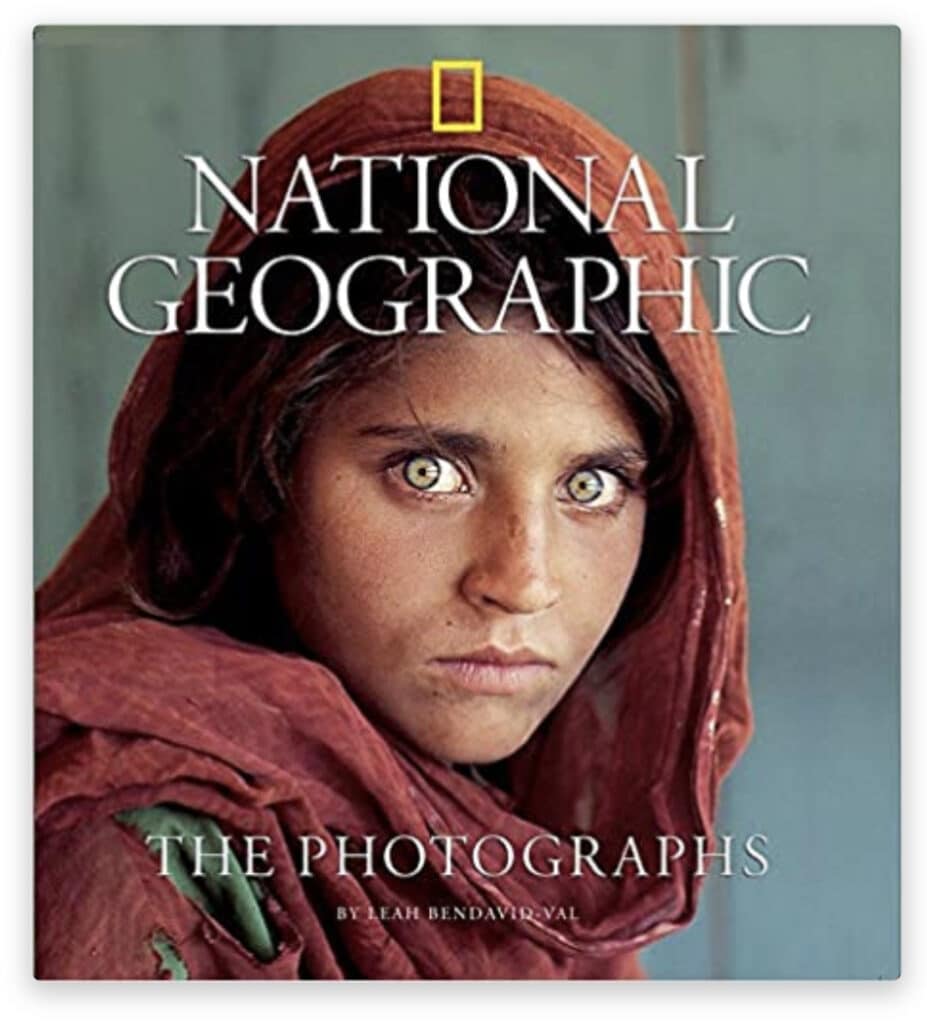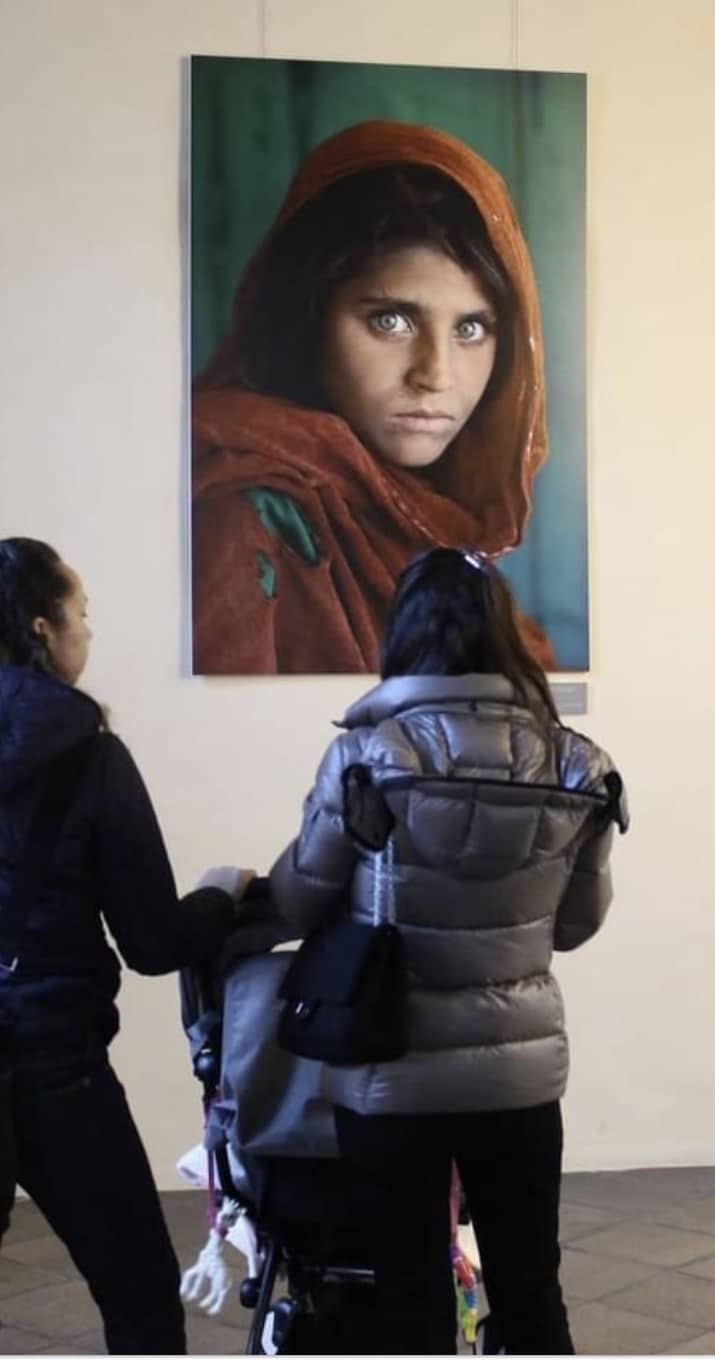When Italy gave asylum to Sharbat Gula, the Afghan woman whose photograph grabbed the world’s attention in 1985, she was an eight-year-old with piercing green eyes on the cover of National Geographic. It might be the most famous journalistic portrait ever taken.
But I recently learned that nothing about the photo is as it seems, and I’ve never looked at it the same way since.
In 1984, Steve McCurry was based in Pakistan and employed by National Geographic. During a field shoot, he stepped into an all-girls religious school in a village. There he spotted Gula’s green eyes, though she tried to cover her face. McCurry asked her class teacher to tell her to cooperate. After being instructed to “let him photograph her, she lowered her hands” to uncover her face.
McCurry moved her to a spot with better light and background. The 8-year-old of rural Pashtun upbringing was made to show her face to be photographed by a foreign man she had never met. Tony Northrup, a photo blogger, told me this story: “He poses her like an 80s’ glamour shot, shoulder tilted towards the camera… nice light to illuminate the eyes and direct eye contact—something that she would never ever do.”

He wanted to take more pictures, but Sharbat Gula got up and left. The eventual National Geographic article never told her story or mentioned her name. The caption only said, “Haunted eyes tell of an Afghan refugee’s fears.”.
That is false, as Northrup pointed out to me. The look in her eyes is that of a student interrupted at school by a male stranger invading her personal and cultural boundaries and leaving without even having learned her name.
And as Gula later said herself, it was not fear in her eyes but anger.
McCurry has commercialised the image for huge profits. Larger prints have sold for over $150K each. Sharbat Gula received nothing until 2002.
Our admiration for ‘Afghan Girl’ and our neglect of its human subject for decades reveal so much of the power imbalances and scope of exploitation behind journalistic trophy-hunting. And how naively we still view photographs without acknowledging what the subject is coping with, first and foremost: the photographer.
Raghu Karnad
Another lesson in how the corporate media exploit our imaginations and fill them with lies and half truths.
Join us in helping to bring reality and decency back by SUBSCRIBING to our Youtube channel: https://www.youtube.com/channel/UCQ1Ll1ylCg8U19AhNl-NoTg SUPPORTING US where you can: Award Winning Independent Citizen Media Needs Your Help. PLEASE SUPPORT US FOR JUST £2 A MONTH https://dorseteye.com/donate/












